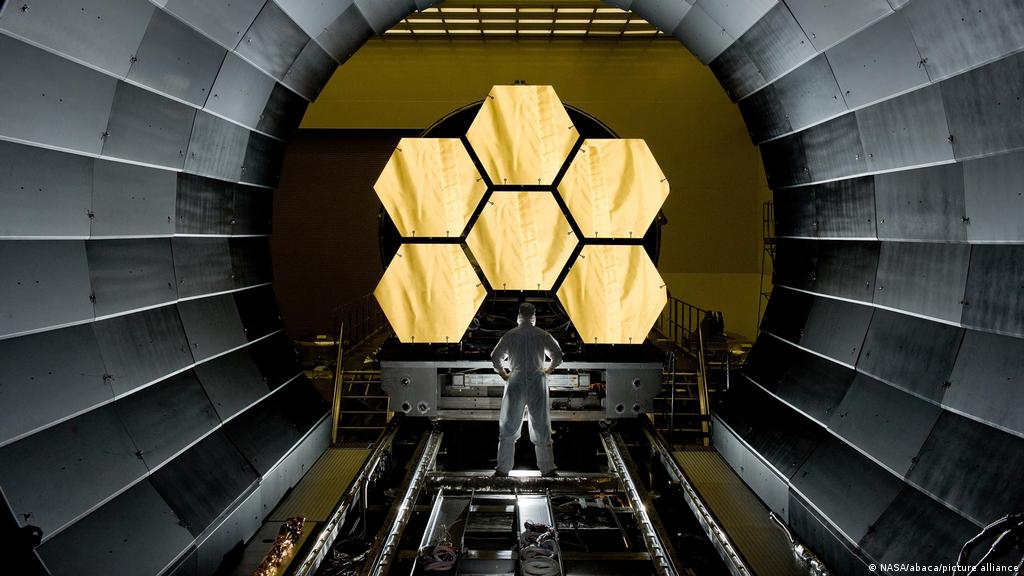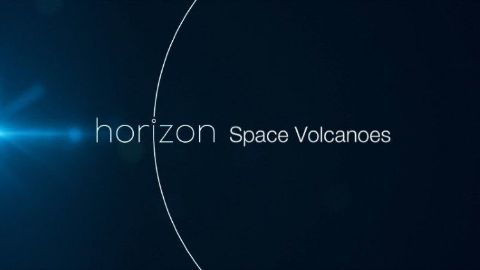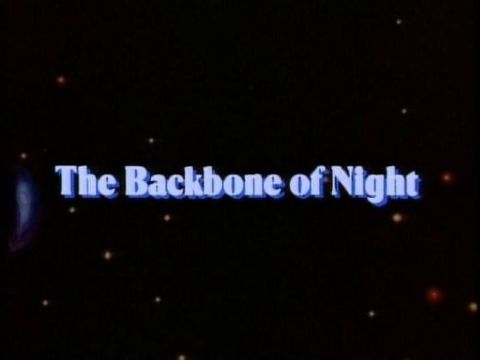You might also like
Thanks to the wonders of physics, astronomers can map a timeline of the universe’s history. Today, Phil’s going to give you an overview of those first few minutes (yes, MINUTES) of the universe’s life. It started with a Big Bang, when the Universe was incredibly dense and hot. It expanded and cooled, going through multiple stages where different kinds of matter could form. It underwent a phenomenally rapid expansion called inflation, which smoothed out much of the lumpiness in the matter. Normal matter formed atoms between 3 and 20 minutes after the bang, and the lumps left over from inflation formed the galaxies and larger structures we see today.
44 • Crash Course Astronomy • 2016 • Astronomy
If you think the Earth takes millions of years to change, it’s time to think again! Presented by Hannah Fry, this TV special reveals how much our planet can change in just 24 hours. A new era of science allows us to watch as the Earth moves, breathes, shrinks and grows right under our noses. The story is driven by scientists and explorers, and harnesses cutting-edge data, newly launched satellites and blue chip CGI to show us the true personality of the Earth… more dynamic than it’s ever been seen before.
2018 • Astronomy
Following engineers and scientists on a groundbreaking mission as they build, test and launch the James Webb Space Telescope, the most powerful observatory ever constructed, and discovers the astonishing cosmological mysteries it will investigate.
2021 • Astronomy
Nikolai Vavilov risked his life for a discovery that would change the history of science.
4/13 • Cosmos: Possible Worlds • 2020 • Astronomy
Volcanoes have long helped shape the Earth. But what is less well known is that there are volcanoes on other planets and moons that are even more extraordinary than those on our own home planet. Horizon follows an international team of volcanologists in Iceland as they draw fascinating parallels between the volcanoes on Earth and those elsewhere in the solar system. Through the team's research, we discover that the largest volcano in the solar system - Olympus Mons on Mars - has been formed in a similar way to those of Iceland, how a small moon of Jupiter - Io - has the most violent eruptions anywhere, and that a moon of Saturn called Enceladus erupts icy geysers from a hidden ocean. Computer graphics combined with original NASA material reveal the spectacular sights of these amazing volcanoes. Along the way, we learn that volcanoes are not just a destructive force, but have been essential to the formation of atmospheres and even life. And through these volcanoes of the solar system, scientists have discovered far more about our own planet, Earth - what it was like when Earth first formed, and even what will happen to our planet in the future.
Carl Sagan teaches students in a classroom in his childhood home in Brooklyn, New York, which leads into a history of the different mythologies about stars and the gradual revelation of their true nature. In ancient Greece, some philosophers (Aristarchus of Samos, Thales of Miletus, Anaximander, Theodorus of Samos, Empedocles, Democritus) freely pursue scientific knowledge, while others (Plato, Aristotle, and the Pythagoreans) advocate slavery and epistemic secrecy.
7/13 • Cosmos: A Personal Voyage • 1980 • Astronomy





